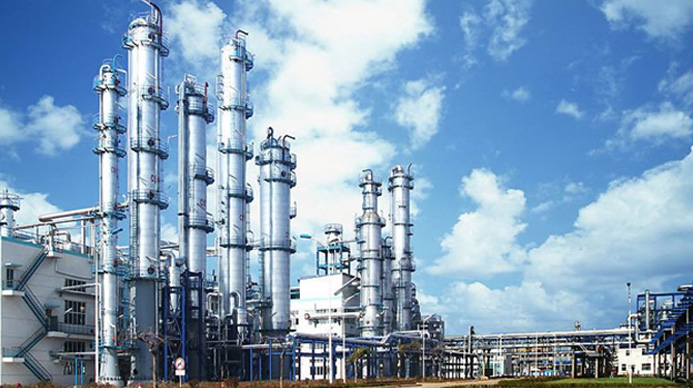Power Plant
In the process of power production, when the generator runs to convert mechanical energy into electrical energy, energy loss will inevitably occur. The lost energy will eventually become thermal energy, which will increase the temperature of the rotor, stator and other components of the generator. In order to remove this part of the heat, the generator is often forced to cool. Commonly used cooling methods include air cooling, water cooling and hydrogen cooling. Since the thermal conductivity of hydrogen is 7 times that of air, and the cooling efficiency of hydrogen is higher than that of air cooling and water cooling, the power plant generator sets adopt the water-hydrogen-hydrogen cooling method, that is, the stator winding water cooling, the rotor winding hydrogen cooling, the iron core and the end hydrogen external cooling of structural parts. Hydrogen has a strong thermal conductivity. Power plants have sufficient power, but the amount of hydrogen is not too large, and hydrogen is usually produced by electrolysis.










